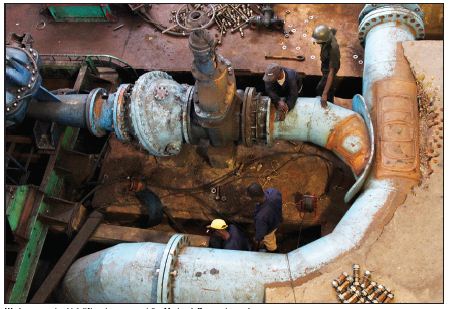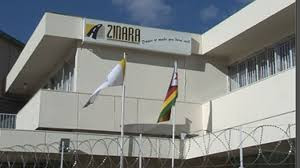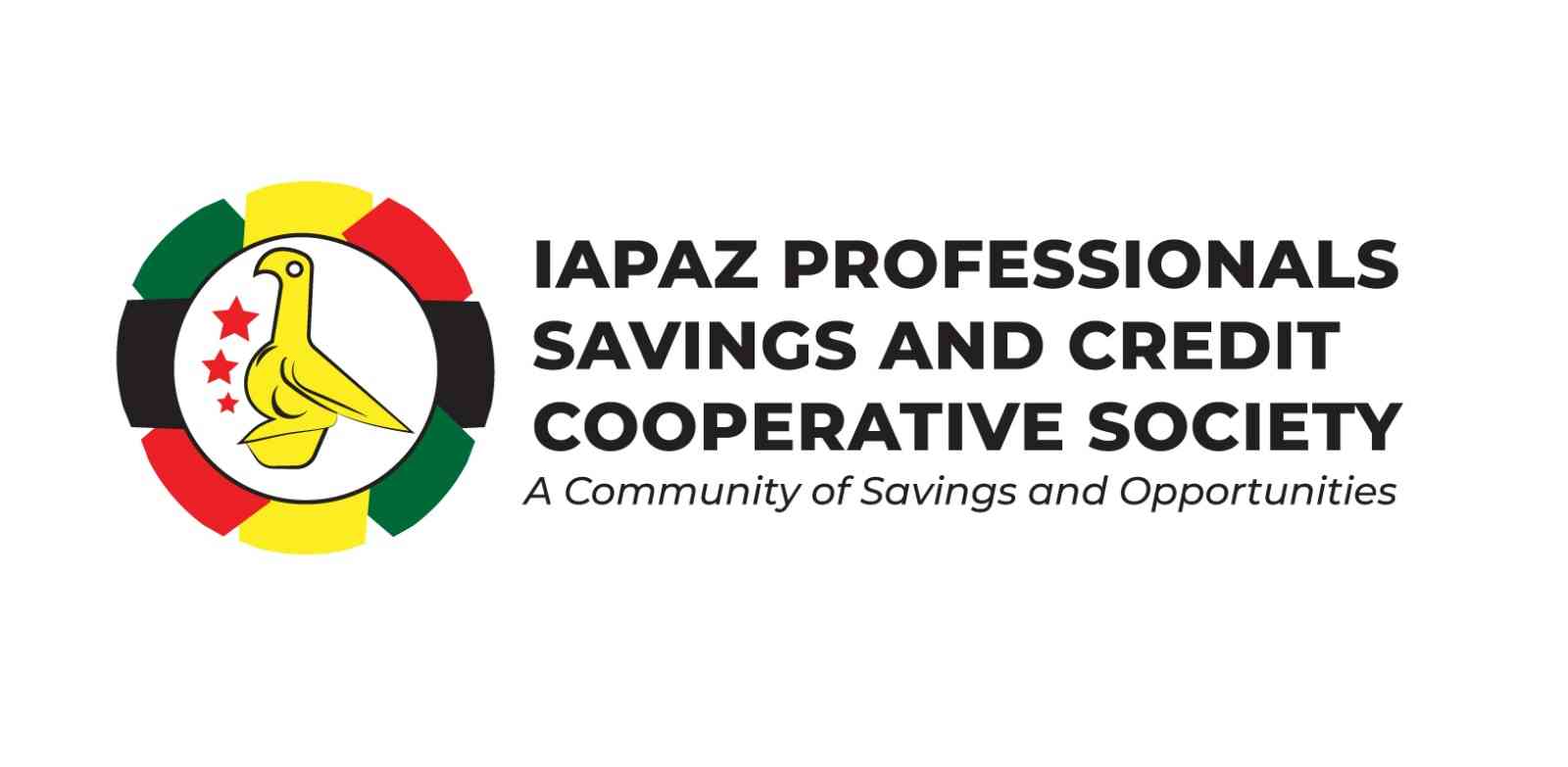
THE Harare water supply infrastructure was initially planned and constructed during the colonial era to supply 350 000 people.
BY LOVERAGE NHAMOYEBONDE
It was upgraded in 1994 to supply 1,5 million people, but there was no further upgrading of the infrastructure since that period until April 2013.
Urbanisation led to the expansion of Harare and the creation of satellite towns that include Chitungwiza, Epworth, Ruwa and Norton. The demand for water rose to an estimated 4,5 million people. However, the water supply infrastructure became inadequate to supply the increasing demand. The situation was exacerbated by ageing and dilapidated infrastructure that has been in use for over 60 years.
According to the Harare City Council’s Water Department, the economic life of most pumping plants is 15 years and the infrastructure in use has outlived its life span. This resulted in numerous breakdowns and a decline in water output amid increasing demand. This was the genesis of unending water problems that created a platform for diarrhoeal diseases like cholera that killed more than 3 000 people in 2008. The situation prompted the government of Zimbabwe to enter into a commercial contract with China National Machinery and Equipment Import and Export Corporation (CMEC) in August 2009.
The contract was for the rehabilitation of the Morton Jaffray and Prince Edward water treatment works, and the Crowborough and Firle sewage treatment plants.
In order to finance the commercial deal and ensure that people enjoy their right to clean and safe water, a Buyer Credit Loan Agreement of $144,425,947 was signed between the government of Zimbabwe and the China Export Import Bank (China Exim Bank) on March 21, 2011.
Harare City Council accepted the loan facility extended by China Exim Bank and December 9, 2013 saw council ratifying the loan facility and approving the on-lending of a loan agreement entered into between the City of Harare and the government of Zimbabwe. Council adopted the CMEC agreement and ratified the loan facility in 2013. The residents waited with bated breath.
- Chamisa under fire over US$120K donation
- Mavhunga puts DeMbare into Chibuku quarterfinals
- Pension funds bet on Cabora Bassa oilfields
- Councils defy govt fire tender directive
Keep Reading
The project was scheduled to last 36 months, that is, from April 2013 to March 2016. Of the 36 months, 26 have already lapsed and there is only 10 months left to the deadline.
Harare Water director Engineer Christopher Zvobgo gave a breakdown of activities in his report on the water status in August 2014. According to the report about 600 containers have been received, although the report is silent on the contents of the containers. Zvobgo said in the report that the aim of these activities was to restore capacity to 614 megalitres (ML) per day and ensure the security of the pumping plant.
The report did not contain important information on the full implementation of the project.
Community Water Alliance programmes manager Hardlife Mudzingwa says they measure the success or failure of the China Exim Bank deal by measuring access to safe and potable water by citizens. At a water conference on pre-payment of water services co-hosted by the Combined Harare Residents’ Association, Harare Metropolitan Residents’ Forum and Community Water Alliance in Harare on March 9, Harare mayor Bernard Manyenyeni admitted to seriously flawed accounting procedures at Town House.
He admitted that he is not aware of the number of bank accounts that Harare City Council has and is also not aware of the signatories to those accounts.
“In terms of proper financial administration the fund has dismally failed. That explains why despite the fund being almost complete, there is nothing to show on the ground save for the utterances that once upon a time water was seen running from the tap in Borrowdale and Mabvuku,” says Mudzingwa.
He went on to say that ratepayers who were not even consulted will bear the burden of a worthless deal.
The situation led responsible authourities to demand an audit on the implementation of the project. The audit was carried out by a council special committee in June 2014.
The findings of the audit indicated that the terms and conditions of the deal were lopsided to the contractor’s (CMEC) advantage. According to the audit report, the deal involves an interest rate of 3% per annum, a grace period of four years and five-year repayment period.
However, the commencement date of the contract was not clearly stipulated, only that it will be completed in 36 months. The report further indicates that by June 2014 about 58% of the total loan (over $84 million) had been disbursed. However, a resident CMEC point person was quoted in the audit report in June 2014 “lamenting the lack of progress.”
Furthermore, the audit report shows that $1,3 million of the $8 million intended for the purchase of equipment was used to buy “luxury” motor vehicles.
Councillor for Budiriro high-density suburb, Panganai Charumbira ,says they were woken up by luxury vehicles driving round Town House and decided to protest so as to seek clarification. Charumbira said the vehicles, although registered under the Harare City Council, do not have stickers so as to identify them with the project.
“The vehicles were given to people who are not hands on the project, making their presence questionable,” he says. The audit report that was supposed to inform the public was reported in the Financial Gazette of June 28, 2014 after the time slated for the investigations on the implementation of the project had lapsed.
It was reported that critical questions were left unanswered, certain positions and statutes were not adhered to and access to certain documents has not been provided.
According to the audit report dated June 3 to July 3, 2014, the council lacks information on the project and there was no information sharing between the project team and the council. The loan is said to be kept in an offshore account and only the contractor CMEC has access to the account.
The situation coincided with the resignation of the chairperson of Harare City Council’s finance committee, councillor Norman Markham. Part of his resignation letter read: “I shudder at the water rehabilitation deal that has been signed. Information technology equipment is covered in this contract which I have not seen to the tune of over $1 million. Yet in the Harare City Council budget, we also had a similar budget placed for similar equipment.”
Interestingly, according to the audit report, 21 vehicles were purchased for the project team, which is made up of 15 people selected from council employees who are not hands on the project and spend most of their time in offices rather than working on sites.
The former mayor sits on the board of one of the car sales companies that supplied four Ford Rangers to Harare City Council. The documents at the Registrar of Companies offices show that influential people in the politics of Zimbabwe are directors of the five companies that supplied the vehicles, to the detriment of the council’s procurement procedures.
The execution of the project will remain veiled in obscurity while water problems continue to affect the city.
lThis article was produced as part of the China-Africa Reporting Project managed by the Journalism Department of the University of Witwatersrand











